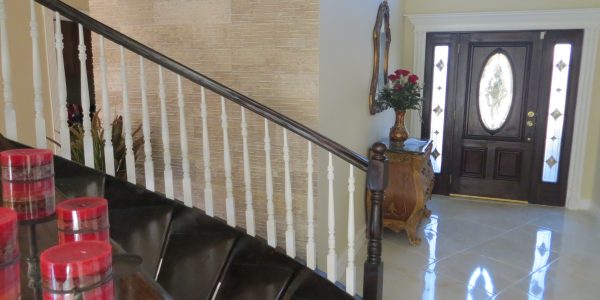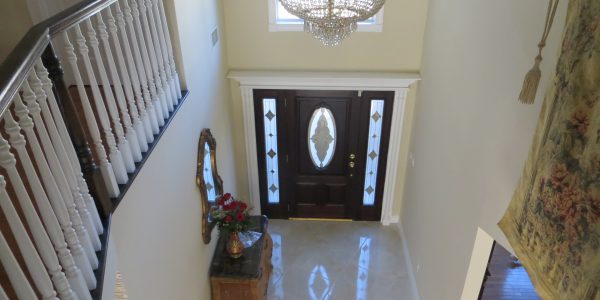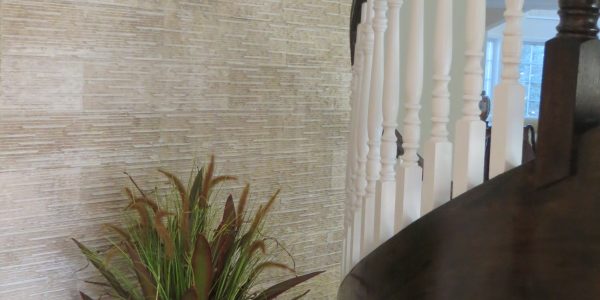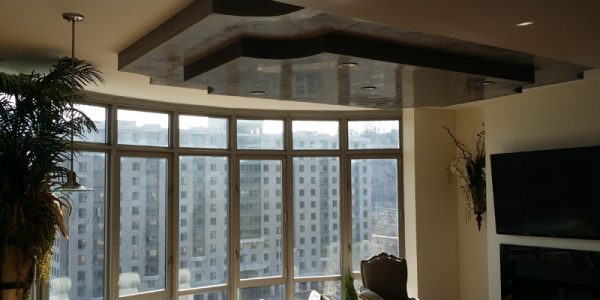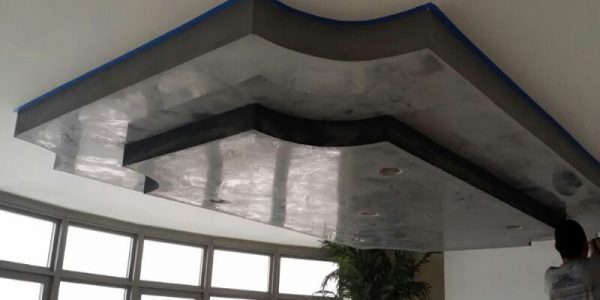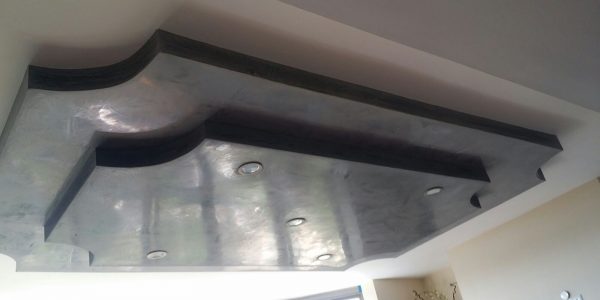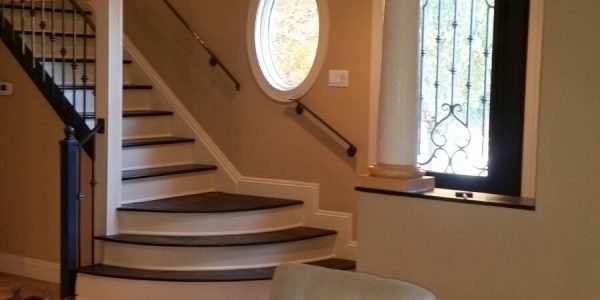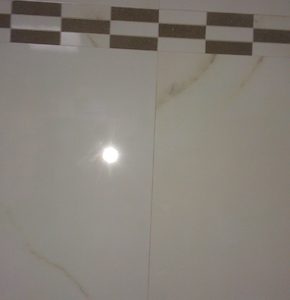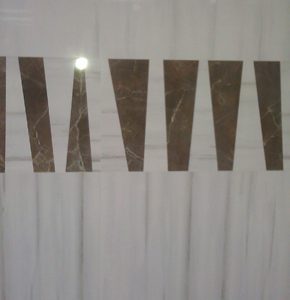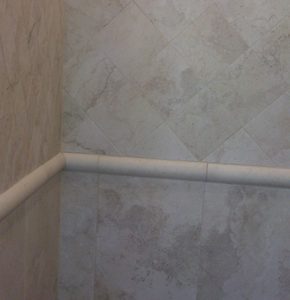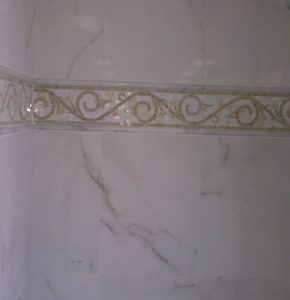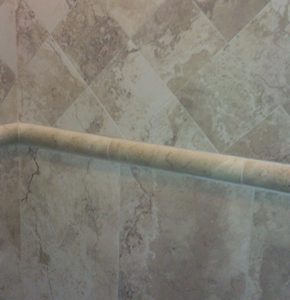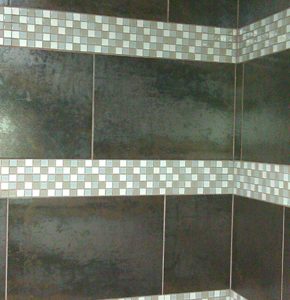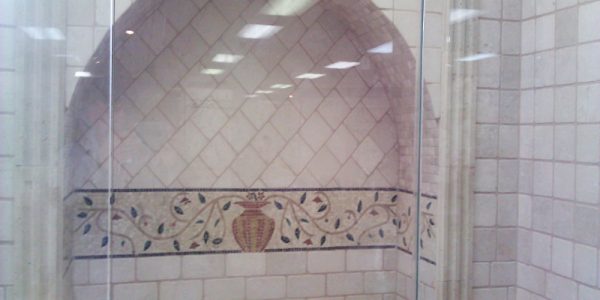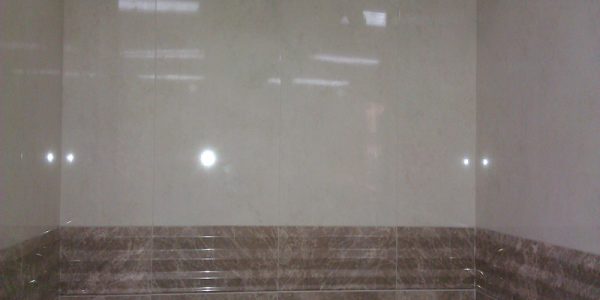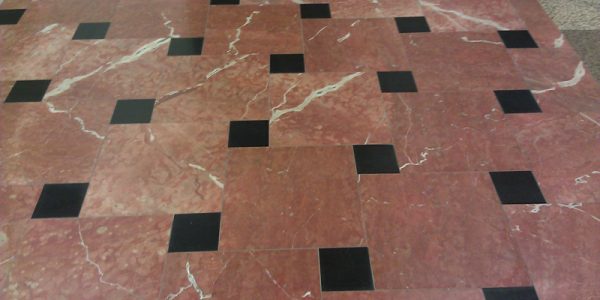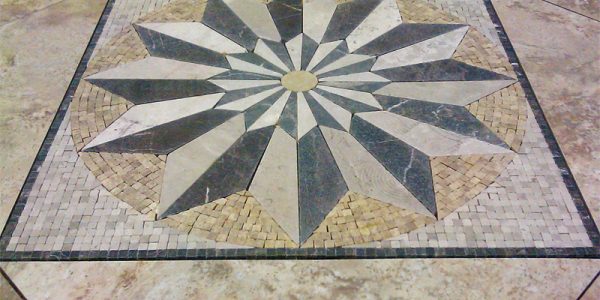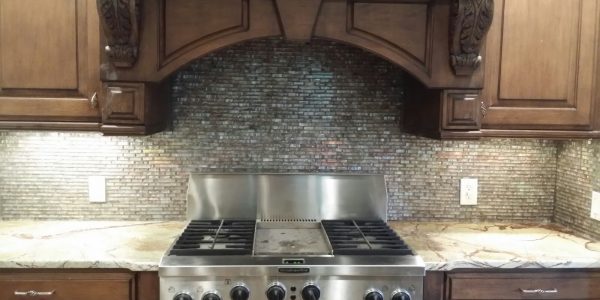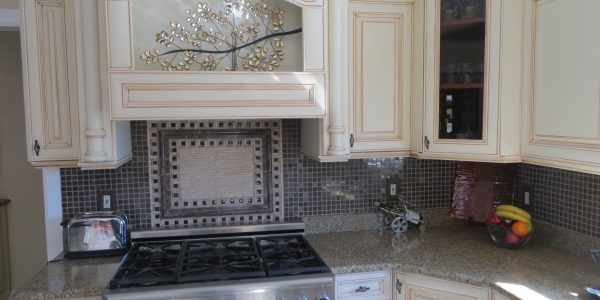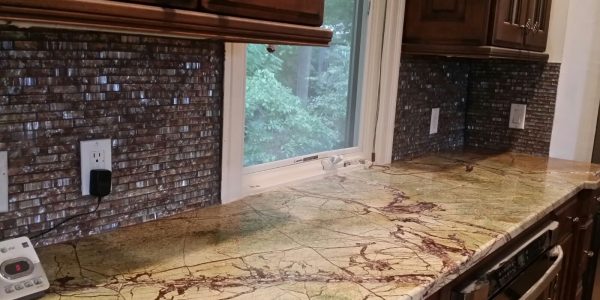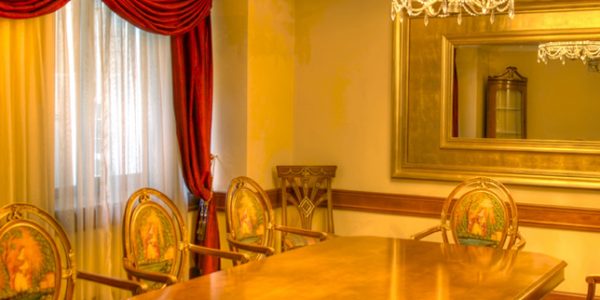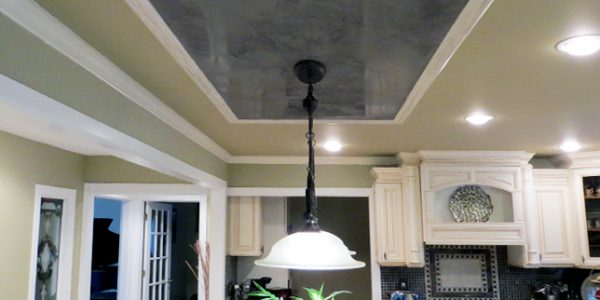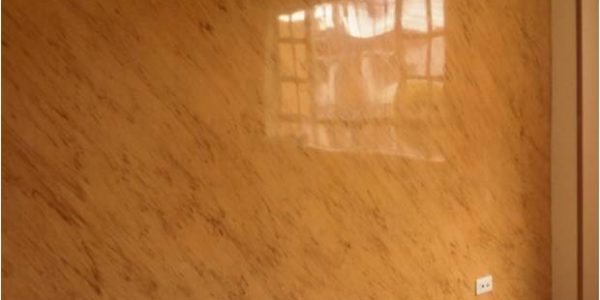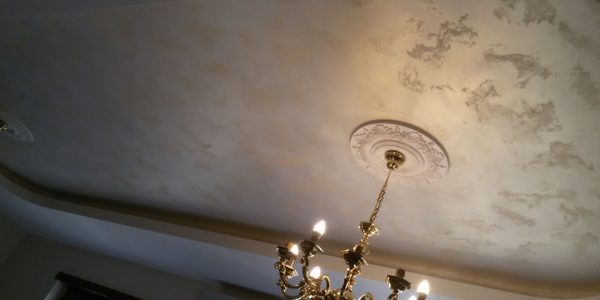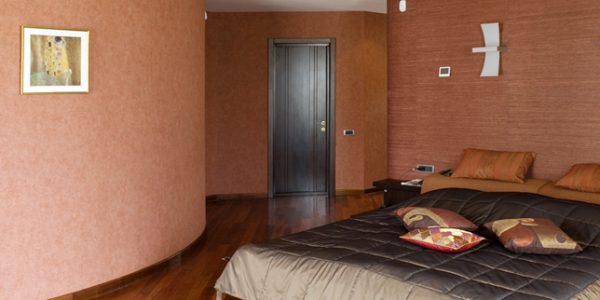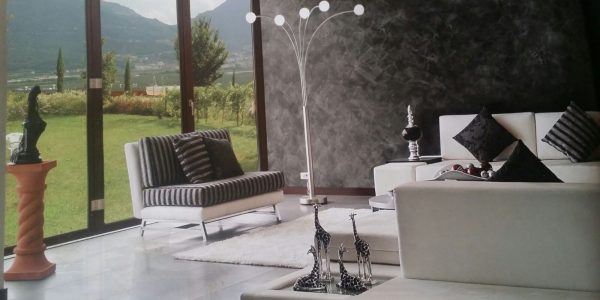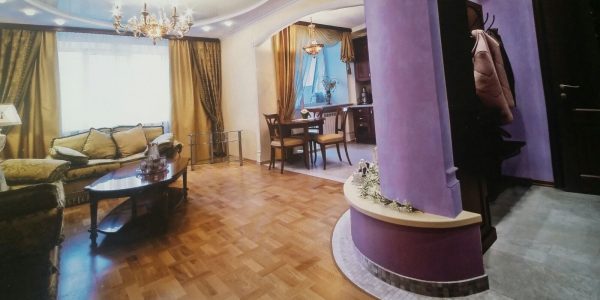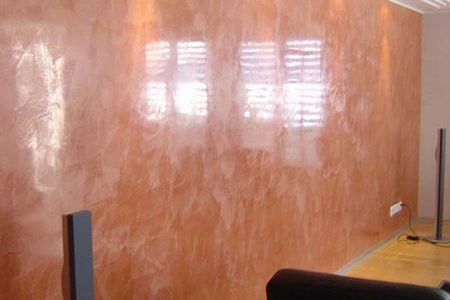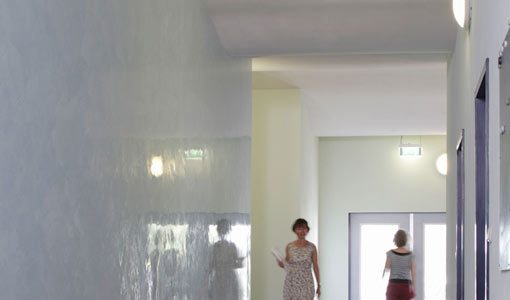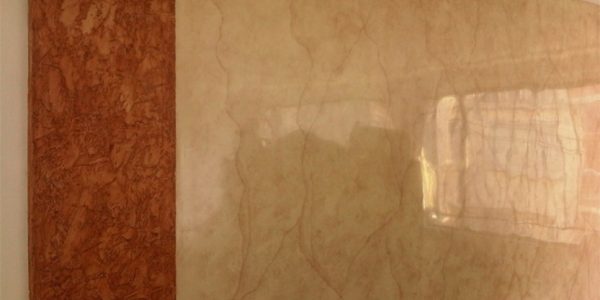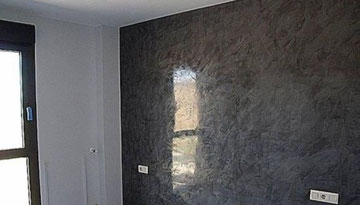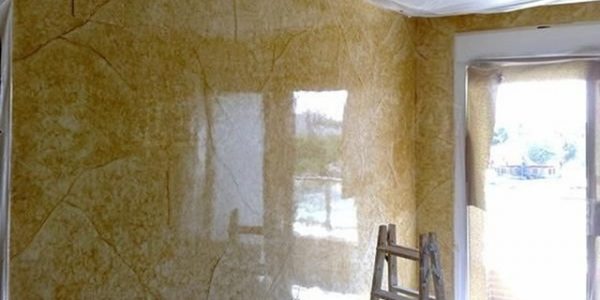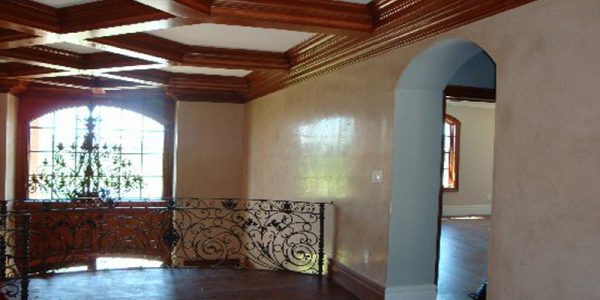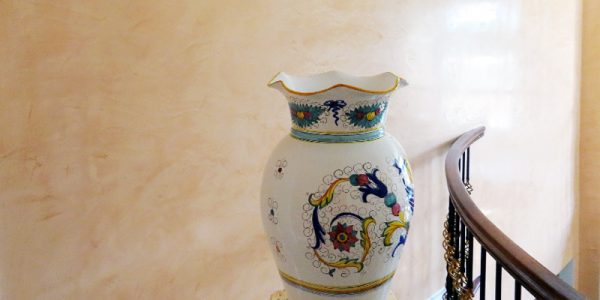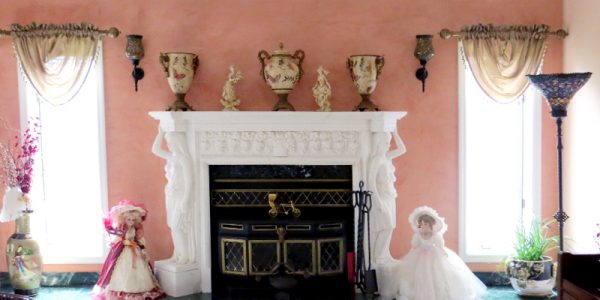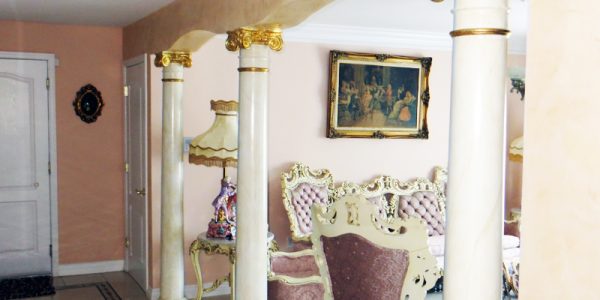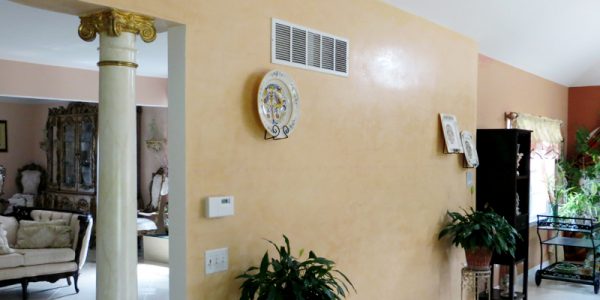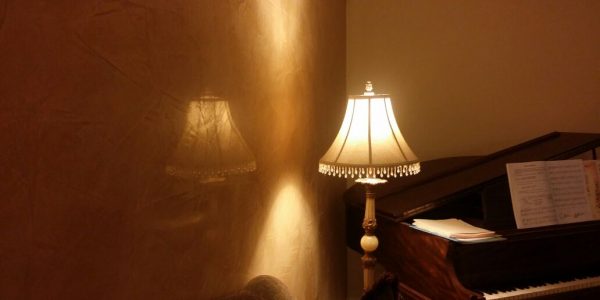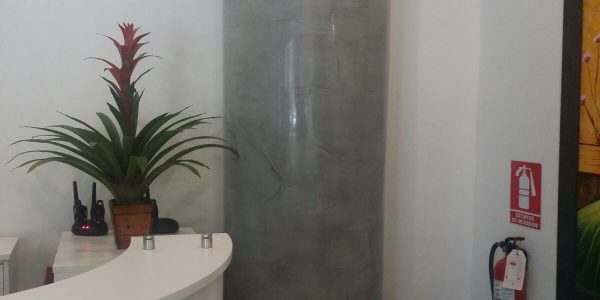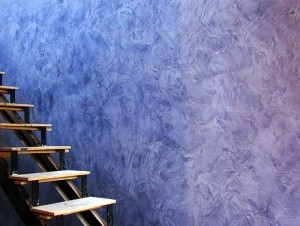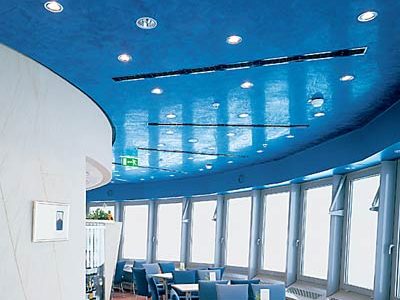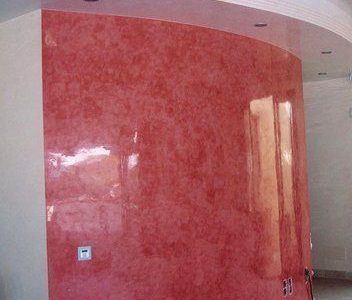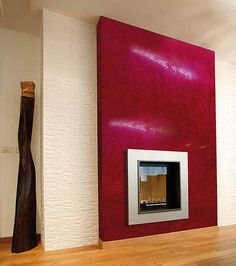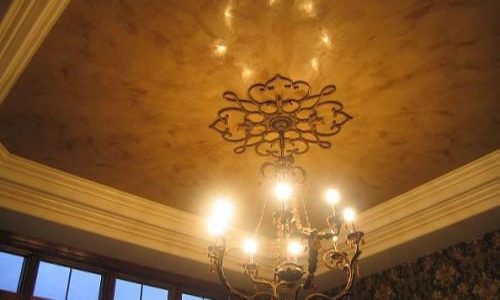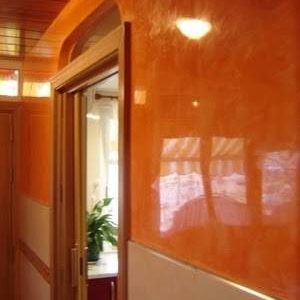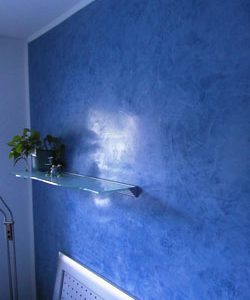Click images to enlarge!
Stairs redesign.
Ceiling remodeling.
- After
Great result of this stairs redesign.
- After
Ceramic projects
- The artist
Kitchen
Various Projects
Venetian plaster is among the oldest building materials known to humankind; there is evidence of its use dating as far back as 9,500 years in the area of present-day Jordan. Later the Romans were known to use it mixed with marble dust as a fine application over a coarser lime and sand aggregate, not dissimilar to the technique used today by us. Continued use of slaked lime putty existed throughout the middle ages. Documented evidence of the Mantovano finish dates to circa 1100AD. During the Renaissance in the mid 16 th century the Marmorino finish was reintroduced in Venice largely due to the efforts of Andrea Palladio and used externally over civil plaster masonry. By the 17th century many types of interior plasters flourished, the most notable is the highly polished Stucco Veneziano found in the palaces and Villas of 16th and 17th century Most Serene Republic of Venice.
Pliny the Elder, considered one of the great historians of the Roman Empire was the author of a 37-volume encyclopedia on natural history, documented the Roman’s method of slaking limestone, keeping it covered in pits and in dark cellars for 3 years. The secret being the slow and thorough slaking and maturing of the limestone. The Romans discovered that if the limestone plasters were exposed before application, they absorbed carbonic and atmospheric gases, which carbonated it and caused the plaster to lose its causticity, binding and hardening nature. Animal hair was employed as reinforcement. Today we use fiberglass. Additives which assisted the set or plasticity included malt, beer, milk, and eggs. Today we use acrylics and resins. In the mid 15th
century, stuccatori veneziani (venetian plasterers) developed a new type of external covering called marmorino.
This resembled marble, but with a fraction of the weight of marble, hence its prominent use on the island of Venice, as architects at that time were concerned that excessive use of marble in the palaces and churches could cause the island to sink. In the 16th century a new decorative internal plaster was developed called scagliola. The composition was gypsum plaster, animal glue, and pigments.It was used to imitate colored marble, in a much lighter form, it being a very fine surface coating. Sand, marble dust, and lime were sometimes added. As said before the 17th century was a golden era for scagliola plasters, who were mostly italian monks. Andrea Palladio’s return to classicism in the 16th century brought about resurgency in the popularity of fine surface plasters in the veneto (which is a region around venice). He employed a very talented venetian plasterer Alessandro Vittoria who used marmorino finish in Palladio’s elegant villas.
Call Now (201) 469-7525 for free quote we speack english, spanish and Italian

